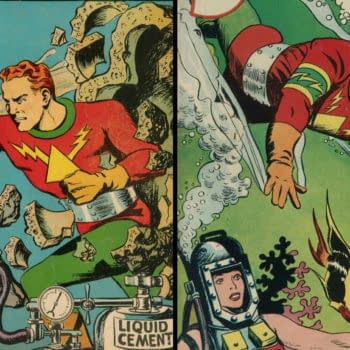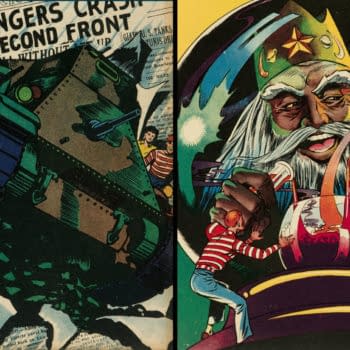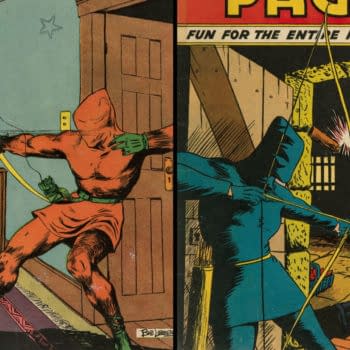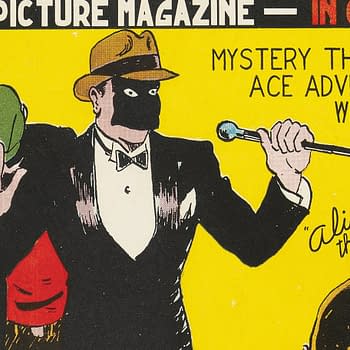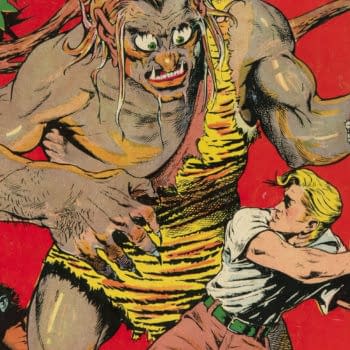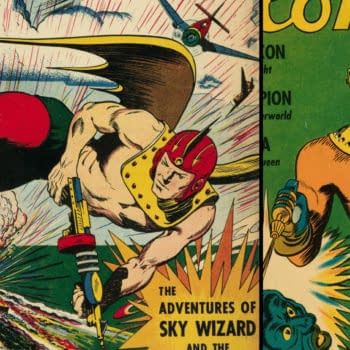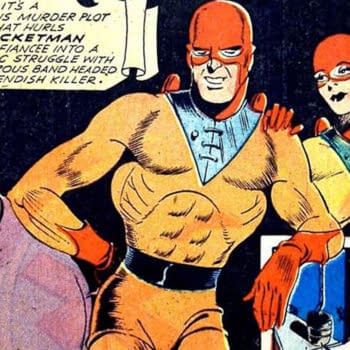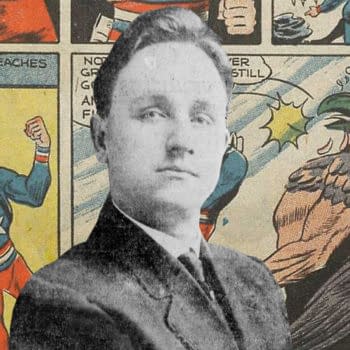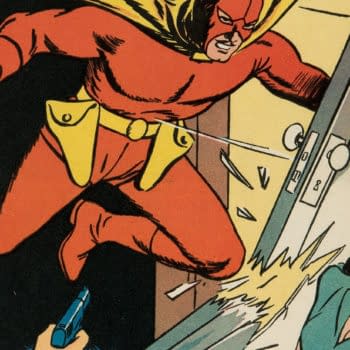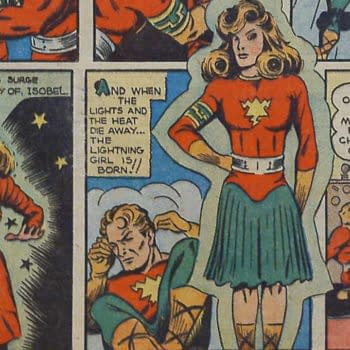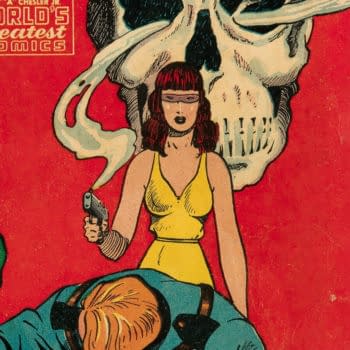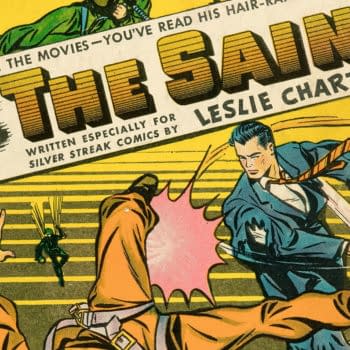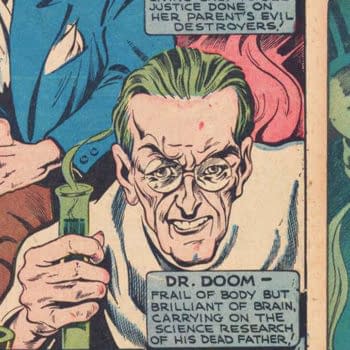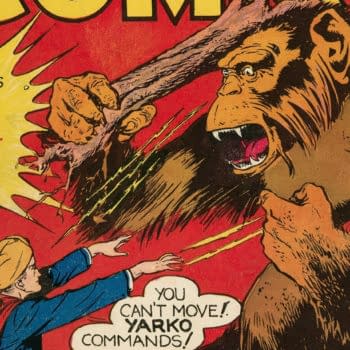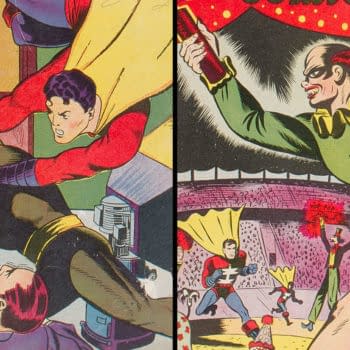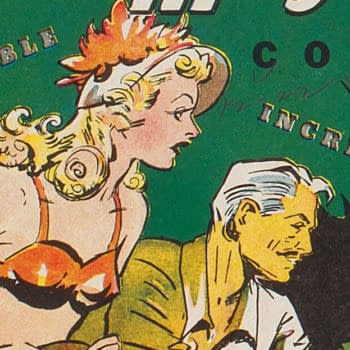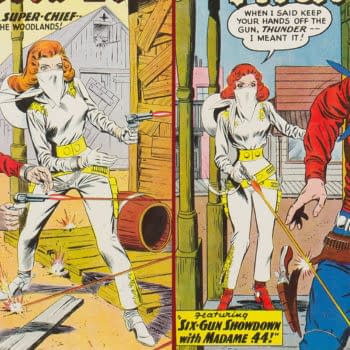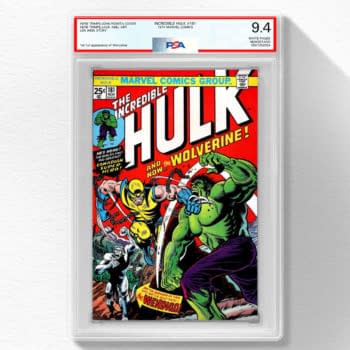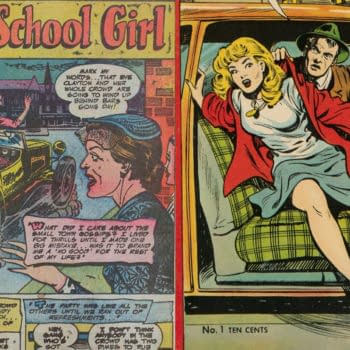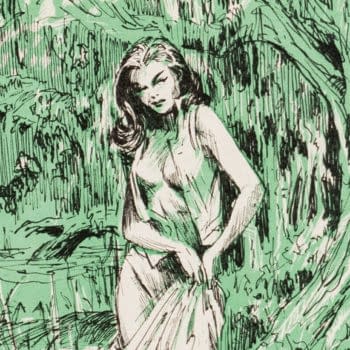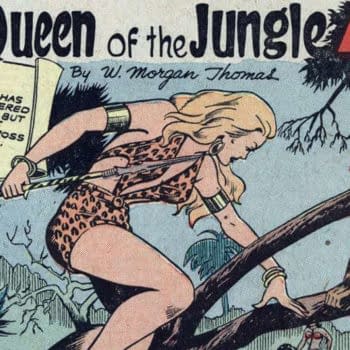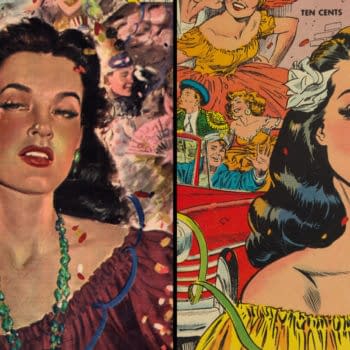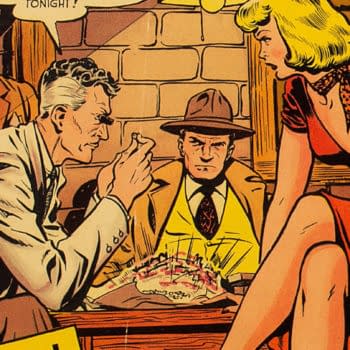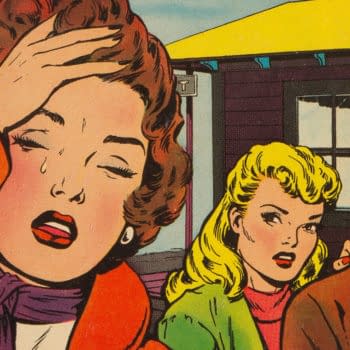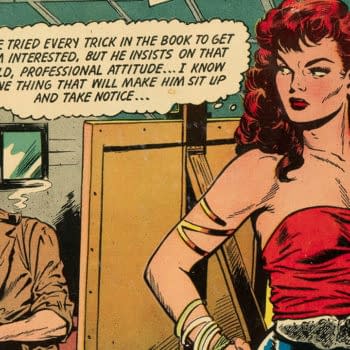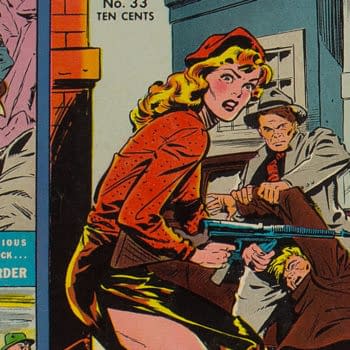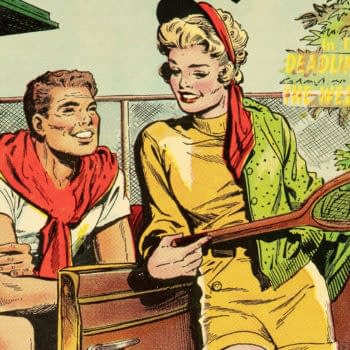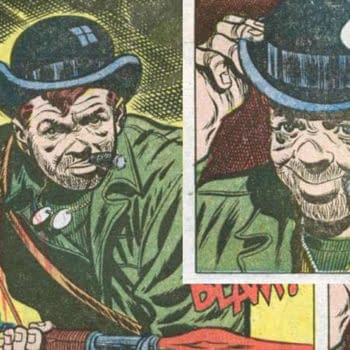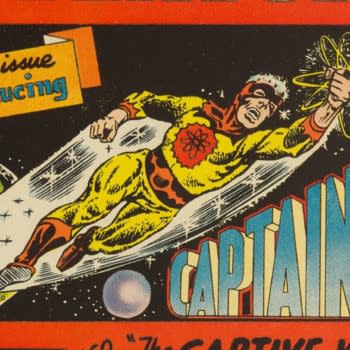The star of Sure-Fire Comics, Flash Lightning got his powers from an amulet given to him by an ancient Egyptian figure before Dr. Fate.
Mark Seifert Archives
Headline Comics is a relatively late war-era series inspired by the likes of Simon & Kirby Boy Commandos, but quickly transformed into something else.
Considered the first post-Superman costumed superhero, The Arrow took a proto-Batman approach to fighting crime via fear and intimidation.
George Brenner's The Clock, the Golden Age's 1st masked hero, debuted in Funny Picture Stories #1 & Funny Pages V1#6 from Comics Magazine Co.
The historic Jumbo Comics series got one step closer to the iconic title it would become with format changes and a Lou Fine Sheena cover.
Miracle Comics featured Sky Wizard, the "world's greatest scientist" with a headquarters on a floating island in the sky.
The short-lived Scoop Comics series is unusual even by Chesler standards, and Scoop Comics #3 is the rarest of the bunch by far.
Who was little-remembered writer Carl Formes and what background led him to the weird, wild Captain Battle stories in Silver Streak Comics?
Early Wow Comics from Fawcett Publications featured a caped crusader in Gotham City, and a power-ring wielding boy of the atom.
With Lash Lightning captured in Lightning Comics v3 #1, he was able to transfer his powers to Isobel Blake, who became Lightning Girl.
After a brief pause, the Harry "A" Chesler comic book line returned to comics in 1944 with Bulls-Eye Comics #11 featuring Lady Satan.
Publisher Lev Gleason had high hopes for the inclusion of The Saint in his flagship comic book title Silver Streak Comics.
Harry A. Chesler's Golden Age Dr. Doom debuts in and Yankee Comics #1, prior to his cover stardom on Dynamic Comics #11.
The history behind Victor Fox's Wonder Comics gives us a fascinating glimpse behind the scenes of the comic book industry of 1939.
Often compared to the Joker because of his appearance, the Clown was more like a combo of Joker and the Red Skull with a dash of Lex Luthor.
Blackstone the Magician unravels a Water Wizard mystery at Fort San Felipe, a historic Spanish fortress in Puerto Plata, Dominican Republic.
Created by Gardner Fox and Gil Kane, Madame .44 seems to have been introduced to shake up what was then DC Comics' worst-selling title.
Historian John Adcock of Yesterday’s Papers has passed after a long battle with cancer. Adcock wrote extensively about Comics, Dime Novels, and Music.
Elizabeth Gruene, General Manager of Pop Culture at Collectors & PSA tells us details of PSA's entry into comic book grading & authentication
St. John published its own Reform School Girl just a year after the notorious Avon version, launching its Teen-Age Temptations romance title.
St. John launched men's magazine Nugget shortly after publisher Archer St. John's death in 1955. The debut issue included Matt Baker artwork.
Identified as the publication containing Matt Baker's first published comic work, Jumbo Comics #69 features his art on jungle girl Sheena.
The cover of Cinderella Love #25 is one Matt Baker's most famous covers, and its inspiration in a 1947 Liberty Magazine has a story to tell.
St. John Publications' Authentic Police Cases helped give Matt Baker his start at that publisher, but then it disappeared... for awhile.
Matt Baker's handful of covers for the Quality Comics romance line came at an important turning point in his career.
St. John's True Love Pictorial #11 from 1954 is the last issue of the series, but it features an absolutely scorching Matt Baker romance cover.
Authentic Police Cases #3 features a stand-out cover by Matt Baker, and a tale of bootlegging gone wrong called "Mountain Dew Murder."
Matt Baker's cover for Cinderella Love #29 ends that romance series on a high note, and his part of his stand-out cover run on the title.
Marvel legend Don Heck got his start at Comics Media, producing notable covers and interior stories for the publisher founded by Allen Hardy.
Captain Atom debuted in Space Adventures #33 by Steve Ditko and Joe Gill in a Charlton Comics release full of Cold War history.



